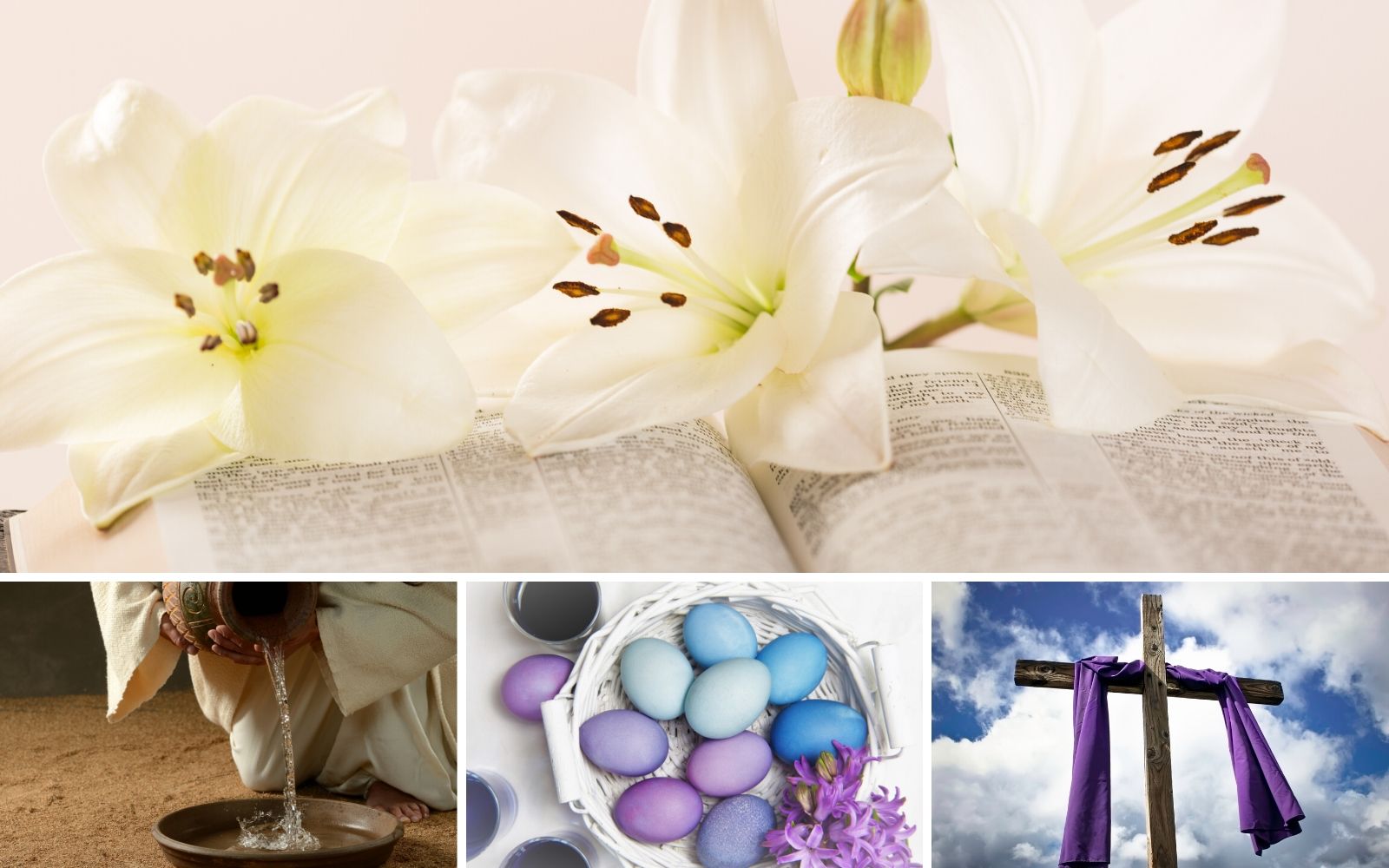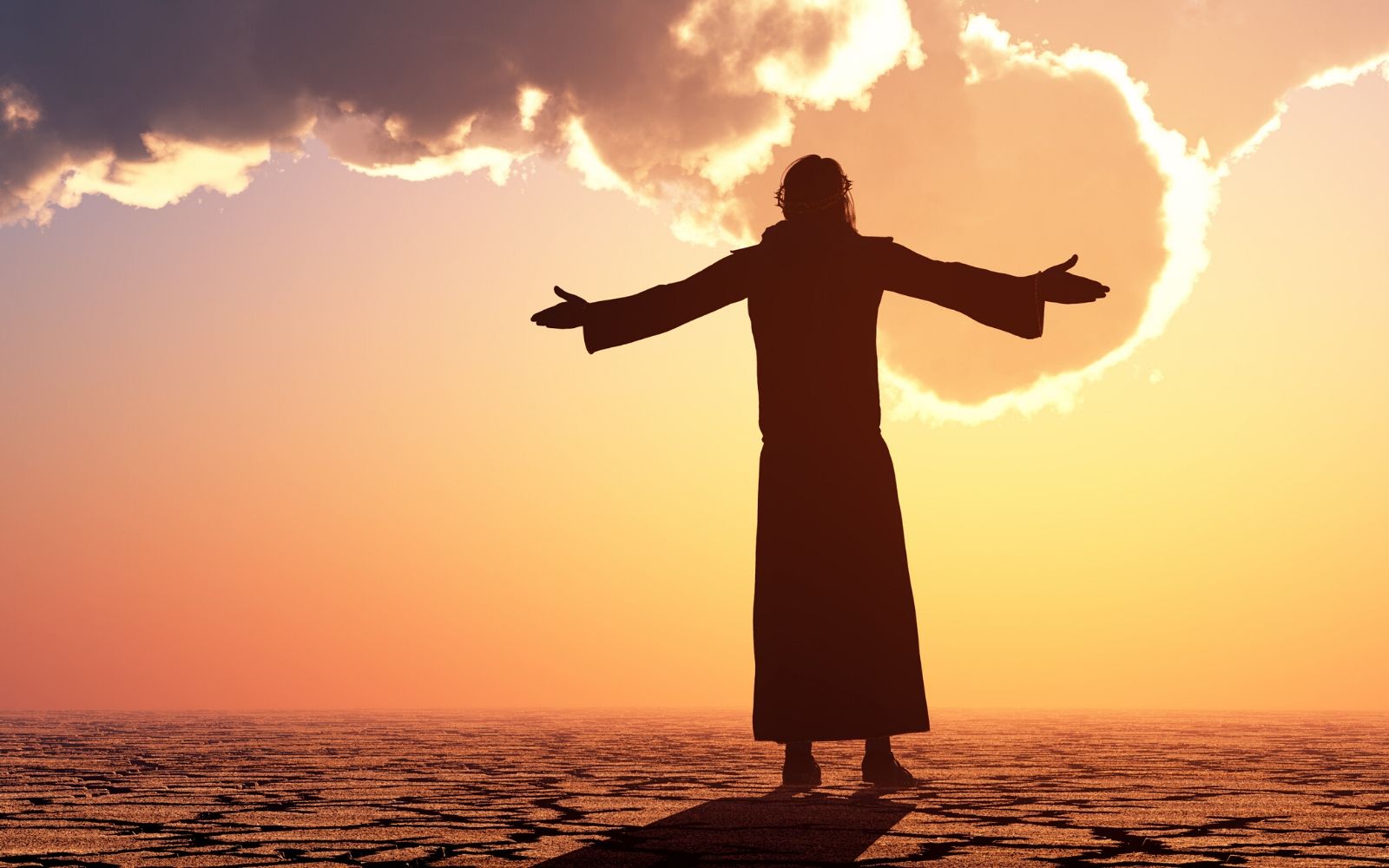The season of Lent, which lasts for forty days is a time of self-examination, fasting, and penitence. During these 40 days of reflection, many Christians formulate a spiritual discipline, such as praying a daily devotional to bring themselves closer to God.
When Does Lent Start?
In 2025, Lent begins with Ash Wednesday on March 5, and depending on the Christian denomination, Lent ends either on the evening of Maundy Thursday, April 17 or at sundown on Holy Saturday, April 19.
The Purpose of Lent
The Lenten season is observed by many Christians as a replication of the journey Jesus Christ spent fasting in the desert for 40 days before beginning his public ministry.
Lent's central purpose is to remember the passion, death, and resurrection of Jesus Christ, a time of reflection and prayer, penance, fasting, abstinence, charity giving, repentance of sins, and denial of ego.
If we say we have no sin, we deceive ourselves, and the truth is not in us, but if we confess our sins, God, who is faithful and just, will forgive our sins and cleanse us from all unrighteousness. 1 John 1:8-9
Symbolism of Lent
There is much symbolism related to Lent, beginning with Ash Wednesday and through Holy Week to Easter. Keep reading to learn about each symbol of Lent.
Dust to Ashes
The practice of marking the forehead with ashes in the shape of a cross reminds us of our mortality and marks the start of Lent on Ash Wednesday. The ashes are made from palm leaves from the previous year. The marking is a reminder that we are powerless in the face of death and must rely on Christ to redeem us.
Our earthly bodies are created from dust (Genesis 2:7) and upon death, we return again to dust and ashes (Genesis 18:17).

Violet Purple
The color violet symbolizes sorrow, a representation of the pain and suffering of the crucifixion. Many churches remove flowers from their altars during this time, while religious statues, crucifixes and other objects are often veiled in violet fabrics in solemn observance.
In the times of Jesus’ life the deep purple shade was associated with royalty. The somber meaning of the color violet is based on Jesus' passion when soldiers clothed him in a purple cloak and tortured him (Mark 15:17-20 and John 19:2-3). In modern times violet is the color of the stole worn by priests for the Sacrament of Penance.
Stones
During Jesus' quest in the desert he was tempted by the devil, “If you are the Son of God, command that these stones become loaves of bread” (Matthew 4:3). The landscape was scorched, the desert surface covered in loose stones, and Jesus replied “One does not live on bread alone, but by every word that comes from the mouth of God” (Matthew 4:4; Deuteronomy 8:3). The stones symbolize Jesus’ triumph over temptation, tribulation, hardship, self-discipline, anguish, and sorrow.
Stations of the Cross
The Stations of the Cross are a series of 14 images on display in viewing stations and arranged in order of the events that Jesus endured during his passion, beginning with the condemnation by Pontius Pilate to his entombment at Calvary.
Devotees can visit and pray in front of each of the stations. This practice stems from early Christian pilgrims who visited Jerusalem and walked the route from the predicted location of Pontius Pilates home to the entombment.

Incense
A customary practice, burning incense in the Temple to worship God, incense is another symbol for prayer. "Let my prayer come like incense before you" (Psalms 141:2)
Palm Leaves
A reminder of Jesus' triumphant entry into Jerusalem, palm leaves symbolize the wins and losses in life and by maintaining our devotion with God, he will see us through any hardship.
Fish
In the season of Lent, fish is a Christian symbol for fasting on Ash Wednesday and Good Friday and to abstain from all flesh meat on every Friday in Lent.
Praying Hands
The activity that ranks first among other Lenten practices, prayer is the primary way to strengthen our relationship with God, and in doing so, turn away from temptation and sin.

Water
The substance of cleansing and life, water is associated with Baptism.
Bag of Coins
A bag of coins, or money bag, symbolizes the penitential practice of alms-giving, an act of charity towards those less fortunate.
Easter Egg
The popular Easter egg is a symbol of the empty rock tomb that Jesus emerged from to live a new life in the Resurrection.
Easter Lily
Jesus said "Consider the lilies how they grow: they toil not, they spin not; and yet I say unto you, that Solomon in all his glory was not arrayed like one of these" (Luke 12:27). According to pious legend, after Jesus' resurrection, lily flowers were found growing in the Garden of Gethsemane, where Jesus went to pray the night before His crucifixion.
Pretzels
In early Lenten practice, Christians devised a special bread made of simple ingredients of flour, salt, and water. These small breads were shaped in the form of arms crossed in prayer and were known as "little arms" or "bracellae" in Latin. This word was adapted in Germany to "bretzel" and were a common Lenten food during the Middle Ages in Europe to abstain from fat, dairy and eggs.

Holy Week
The week leading up to Easter is known as the Holy Week, beginning with Palm Sunday. It is during this time Christians remember the special events in the last week of Christ's life.
On Maundy Thursday we remember the last supper that Jesus shared with his disciples. The focus is not only on the bread and wine of the meal but also on Jesus' washing of his apostle's feet. This act of loving servitude established the standard to guide the disciples throughout their lives.
Good Friday is the day on which we remember that Jesus died on the cross. We remember that Jesus gave his life for our sins, and we celebrate his obedience even unto death.
On Holy Saturday, also known as the Great Sabbath, or Easter Even, Jesus lay in the grave. This is a dark day that seemed to be without hope.
Jesus' resurrection on Easter Sunday banished the darkness and renews our hope.
Also in Rejoice In Hope

Christian Cross & Symbols - A Comprehensive Guide

Lenten Prayer for the Anglican Rosary

Healing Prayer for the Anglican Rosary
Unspoken Elements offers prayer beads, rosaries, and Christian jewelry designed and handmade in the USA since 2011.

